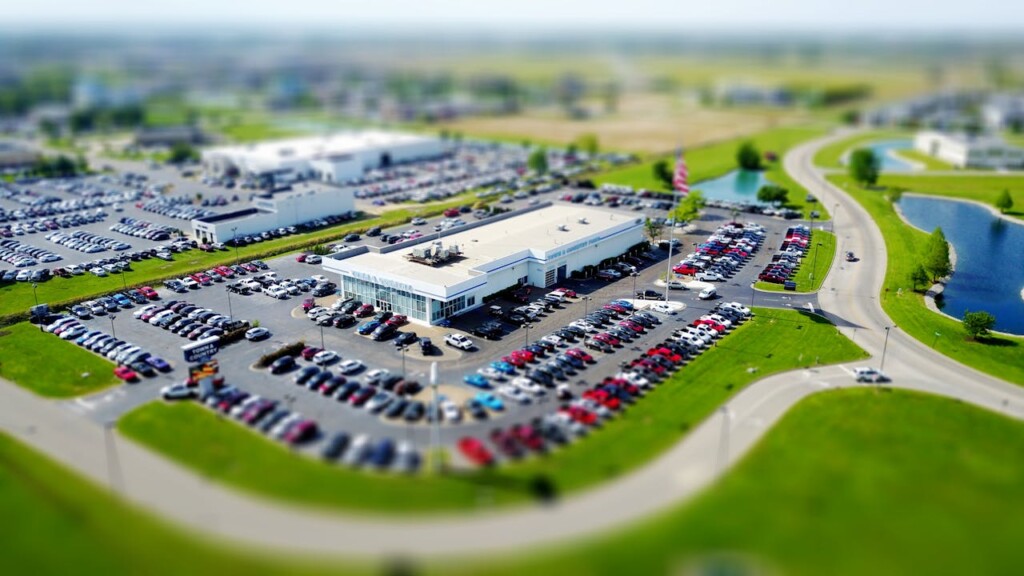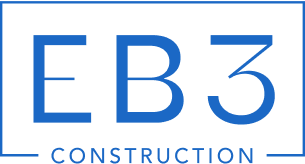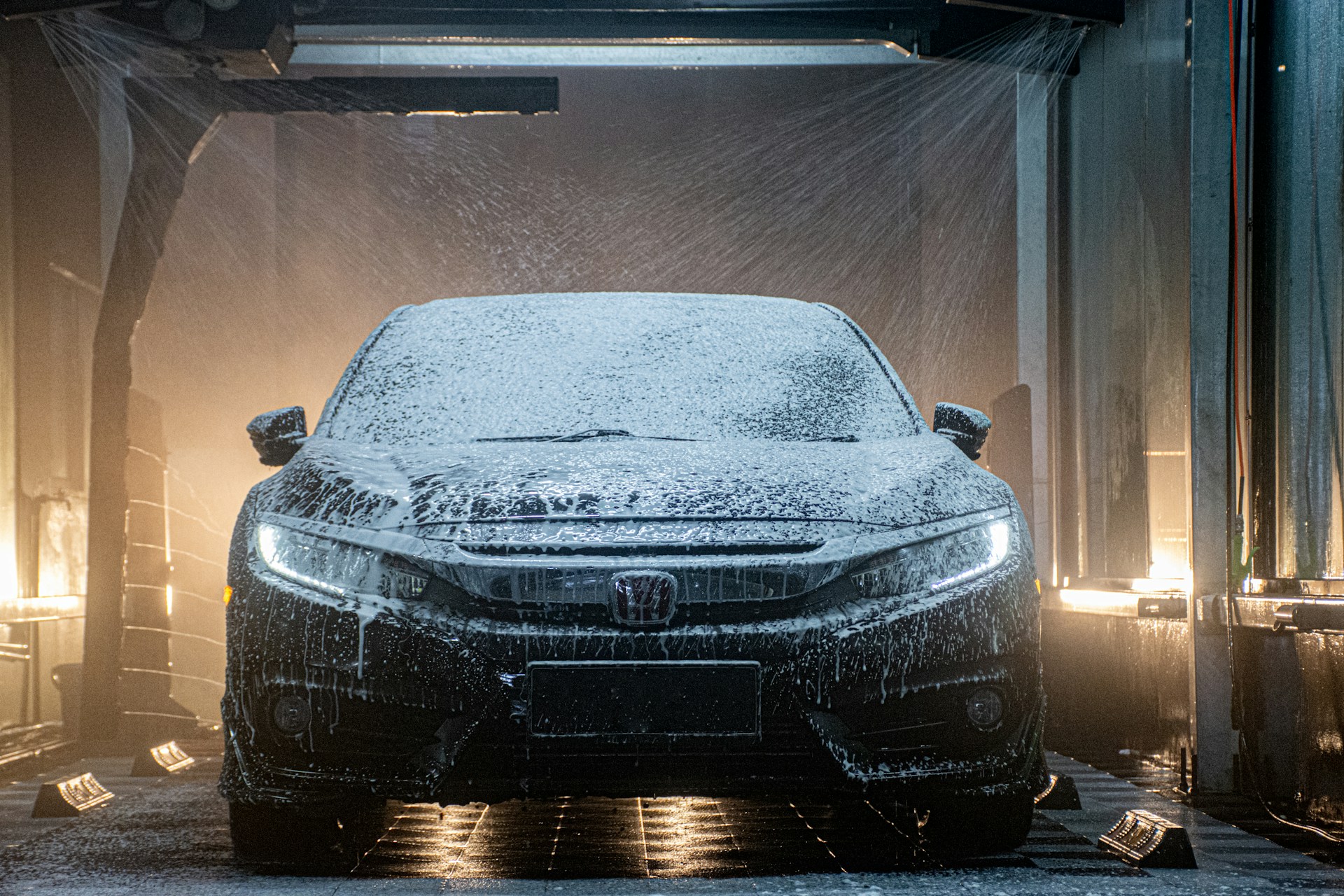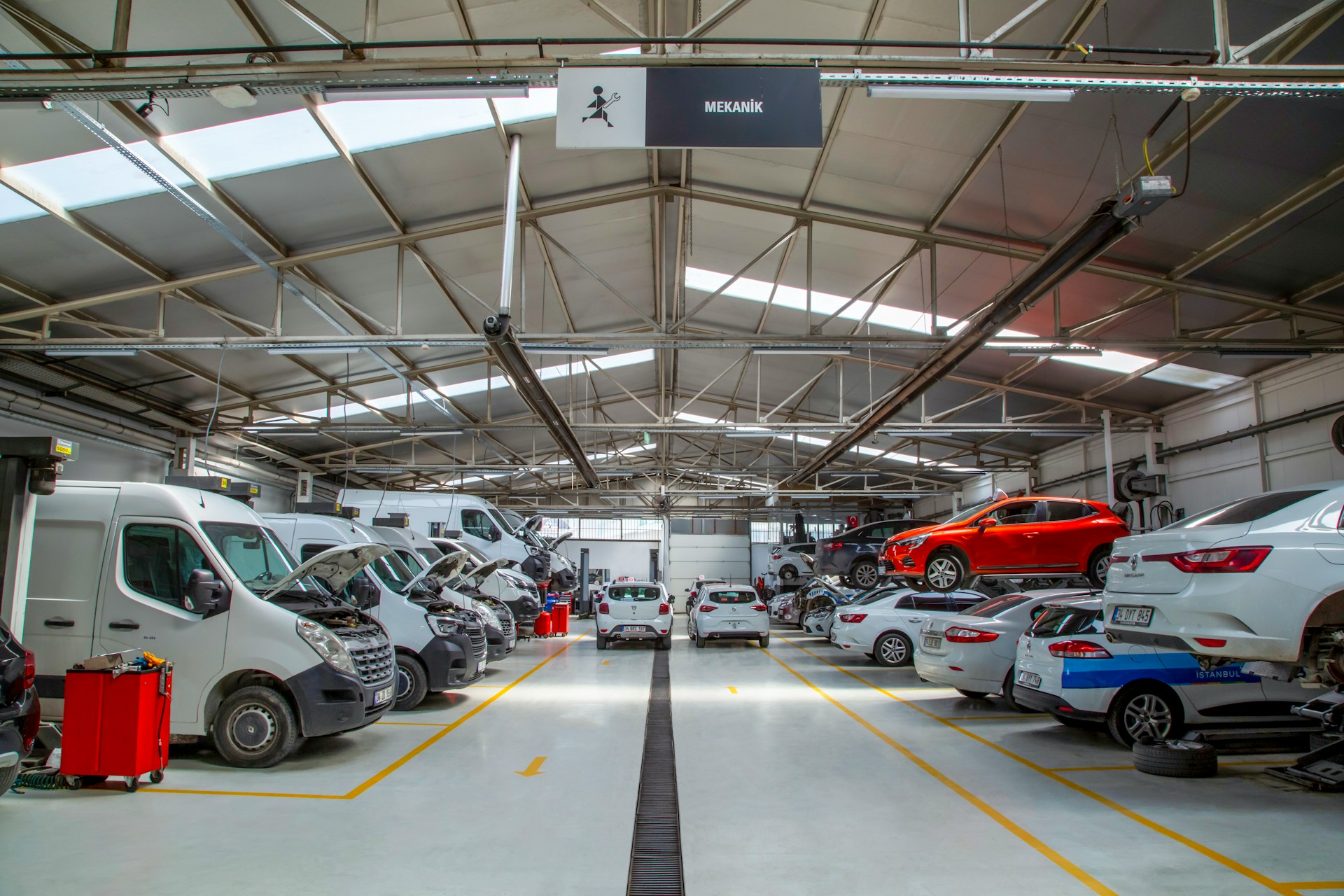A Ford dealership’s service bays might handle 300 oil changes per week, yet its design requirements differ drastically from a Tesla showroom featuring sleek charging stations and digital displays. Automotive construction management in Texas coordinates the complex planning, regulatory approvals, and field execution needed for these specialized facilities.
We manage construction for dealerships, showrooms, service and repair bays, and maintenance centers across Texas, handling everything from city plan submittal and corporate approvals to building code compliance and subcontractor bidding. Our teams also adapt these facilities to support electric vehicles and emerging automotive technologies that are reshaping the industry landscape.
What Delivery Methods And Services Fit Auto Dealership Builds And Remodels?

Auto dealership projects require strategic delivery method selection based on complexity, timeline, and risk tolerance. Each method offers distinct advantages for different project scenarios and stakeholder priorities.
Primary Delivery Methods For Automotive Construction
Design-build combines architectural services and construction under one contract, making it ideal for fast-track dealership projects. This approach speeds timeline by overlapping design phases with early construction activities. The single-contract structure simplifies communication and accountability for project outcomes.
Design-assist involves selecting a contractor during the design phase to provide constructability input and cost guidance. We collaborate with architects early to identify potential issues and value engineering opportunities. This method reduces change orders while maintaining design quality and owner control.
Construction manager at risk acts as the owner’s representative during design, then assumes construction risk through a guaranteed maximum price. We provide cost control and scheduling expertise from project start, transitioning to construction leadership once design finalizes. This approach balances collaboration with cost predictability.
Supporting Services That Drive Project Success
Planning and budgeting establish project feasibility and financial frameworks before design begins. We develop cost baselines, evaluate site conditions, and coordinate with dealership stakeholders to define scope and priorities. Progressive cost analysis tracks budget performance as design evolves.
Project management coordinates all phases from preconstruction through occupancy. We oversee design development, manage approvals processes, and ensure quality standards throughout construction. Client system coordination aligns project requirements with dealership operations and brand standards.
Subcontractor and supplier bidding optimizes cost and quality through competitive selection. We prequalify trade partners, manage bid processes, and evaluate proposals for technical compliance and value. Material procurement coordinates delivery schedules with construction phases to minimize delays and storage issues.
Scheduling Strategies For Operational Continuity
Short-term scheduling manages daily and weekly activities to maintain construction momentum. We coordinate trade sequences, material deliveries, and inspection schedules to prevent bottlenecks. This detailed planning ensures steady progress toward milestone dates.
Long-term scheduling phases major work elements to support operational requirements. For renovation projects, we sequence construction to maintain sales and service operations during updates. New construction scheduling aligns building phases with equipment installation and staff training timelines.
How Are EVs And Smart Technologies Shaping Dealership Design And Remodels?
Electric vehicles and smart technologies drive fundamental changes in how we approach automotive facility design. These shifts affect new constructions and existing dealership renovations. The technology embedded in EVs creates different spatial requirements than traditional combustion engines.
Dealerships are dedicating space for EV charging stations and creating separate EV-only displays to highlight unique features. We coordinate these infrastructure additions during construction to meet electrical capacity demands. Charging infrastructure requires increased energy capacity from utilities and specialized electrical systems.
Dedicated EV Display Areas Transform Layout Planning
EV showrooms need different display setups than traditional vehicle floors. Electric cars require specific charging infrastructure and display configurations. We plan separate EV-only sections within existing showroom layouts or design new builds around these requirements.
Interactive technology integration becomes essential for customer education. Digital kiosks and virtual reality systems help customers understand EV benefits and technical specifications. We coordinate the installation of these systems during construction to ensure proper power supply and network connectivity.
Smart Technology Integration Drives Infrastructure Updates
Smart technologies reshape how customers interact with vehicles and dealership spaces. Digital retail displays allow feature comparison, vehicle configuration, and purchase paperwork completion. We plan electrical and network infrastructure to support these interactive systems.
Virtual reality capabilities enable simulated test drives without leaving the showroom. These installations require dedicated space planning and specialized mounting systems. We coordinate VR equipment installation with structural and electrical work during construction phases.
Customer Experience Areas Require New Space Planning
Branded experience centers combine retail showrooms with cafes, seating areas, and entertainment options. Customers need comfortable waiting areas during vehicle charging or service visits. We design these spaces to support extended customer stays while maintaining operational flow.
Sustainable design elements align with environmental benefits of electric vehicles. LED lighting systems, energy-efficient HVAC, and natural elements like plants and skylights become standard features. We coordinate these systems during construction to achieve brand image goals and operational efficiency.
Layout optimization guides traffic flow through spaces that educate customers about EV ownership. We plan sight lines and circulation patterns that highlight charging capabilities and smart technology features. Phased construction allows existing operations to continue while upgrades proceed in sections.
How Do Teams Maintain Safety, Schedule, And Operations During Construction?

OSHA Safety Programming And Quality Control
We establish comprehensive OSHA safety programming from project start through completion. This includes implementing required construction safety programs such as fall protection, trenching and excavation safety, hazard communication, and personal protective equipment protocols. Our teams designate competent persons to conduct regular safety inspections and ensure compliance with federal and state safety standards.
Quality control enforcement runs parallel to safety programming throughout every phase of construction. We implement systematic inspection procedures at key milestones, document all quality checkpoints, and address deficiencies immediately. This dual approach to safety and quality prevents costly rework while protecting workers and maintaining project momentum. Regular toolbox talks and safety meetings keep these standards visible to all trades and subcontractors on site.
Short-Term And Long-Term Scheduling For Phased Work
We develop both short-term and long-term scheduling frameworks to coordinate complex automotive construction sequences. Short-term schedules typically cover two to four week periods and focus on immediate trade coordination, material deliveries, and daily task assignments. These schedules allow for rapid adjustments when weather, supply chain issues, or design changes occur.
Long-term scheduling maps out major construction phases from sitework through final inspections and turnover. For automotive facilities, this includes sequencing mechanical systems installation, specialty equipment coordination, and technology integration phases. We build buffer time into critical path activities and establish clear milestone dates for corporate inspections and brand standard approvals. This scheduling approach helps us meet turnover goals while maintaining operational flexibility.
Operational Continuity During Partial Renovations
Phased renovations require careful planning to maintain business operations while construction proceeds. We coordinate with dealership management to identify critical operational areas that must remain accessible throughout construction. This might include maintaining customer access to service bays while renovating showrooms, or preserving parts inventory areas during office expansions.
Our teams establish separate construction entrances and create physical barriers between active work zones and operational areas. We schedule noisy or disruptive work during off-hours when possible, and coordinate dust control measures to protect inventory and customer areas. Clear communication protocols keep dealership staff informed of daily construction activities and any temporary access restrictions.
Client Training And Opening Preparation
We prepare clients for successful facility openings through comprehensive training programs. This includes walkthrough sessions with management to review new systems, updated operational flows, and safety protocols. Our teams provide equipment operation manuals, warranty information, and emergency contact lists for all installed systems.
Training extends to staff who will interact with new building systems, from HVAC controls to security systems to specialized automotive equipment. We conduct final inspections with key personnel, addressing any operational questions and ensuring all systems function as designed. This preparation phase reduces post-opening issues and helps dealerships transition smoothly to their updated facilities.
CMMS Integration For Field Reliability
We support long-term facility reliability through computerized maintenance management system implementation. Modern CMMS platforms auto-trigger preventive maintenance schedules based on equipment runtime hours, fuel consumption, or mileage thresholds. This proactive approach prevents equipment failures that could disrupt dealership operations after project completion.
The system provides advanced preventive maintenance notifications, tracks asset performance data, and maintains comprehensive equipment histories. Just-in-time inventory management capabilities ensure maintenance parts are available when needed without excessive stock carrying costs. Effective preventive maintenance strategies help reduce unplanned downtime and extend equipment lifespan, supporting the dealership’s operational goals well beyond construction completion.
Conclusion And Next Steps

Automotive construction management in Texas requires coordinating multiple moving parts from initial planning through project completion. We handle city plan submittal and permitting first, then secure corporate plan approval to meet brand standards. Building code and ADA compliance analysis prevents costly redesigns, while FF&E coordination ensures equipment and fixtures align with operational needs. The right delivery method paired with experienced subcontractor bidding and material procurement keeps projects on track and within budget.
Success depends on choosing the approach that matches your timeline and risk tolerance. New builds offer flexibility but require longer lead times, while dealership remodels demand careful phased scheduling to maintain operations. CMMS implementation from day one supports long-term reliability through automated preventive maintenance scheduling and asset tracking. Client training at opening ensures smooth transitions and ongoing operational efficiency.
Ready to move forward with your automotive facility project? Contact EB3 Construction to discuss your specific requirements and delivery approach.




